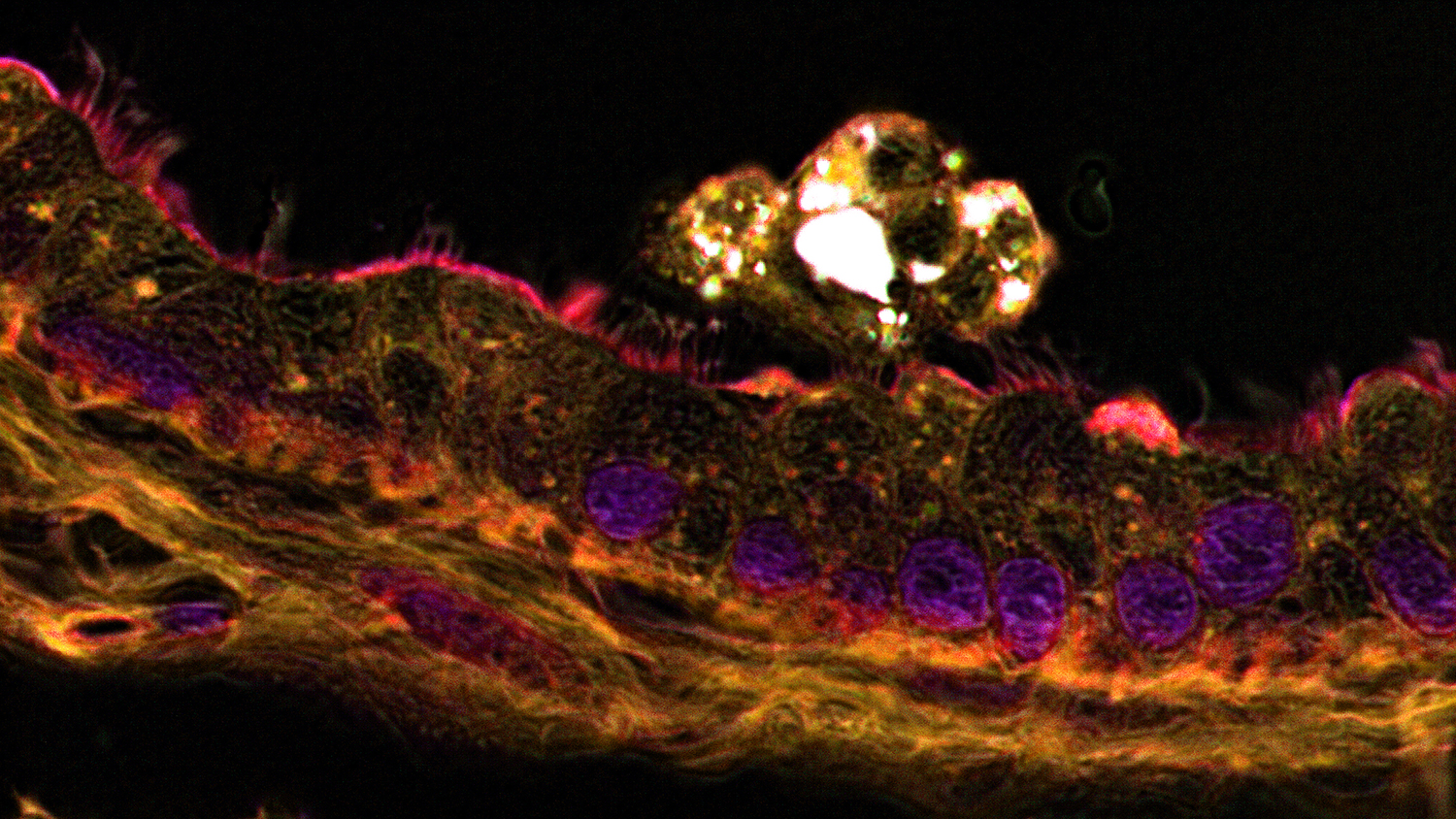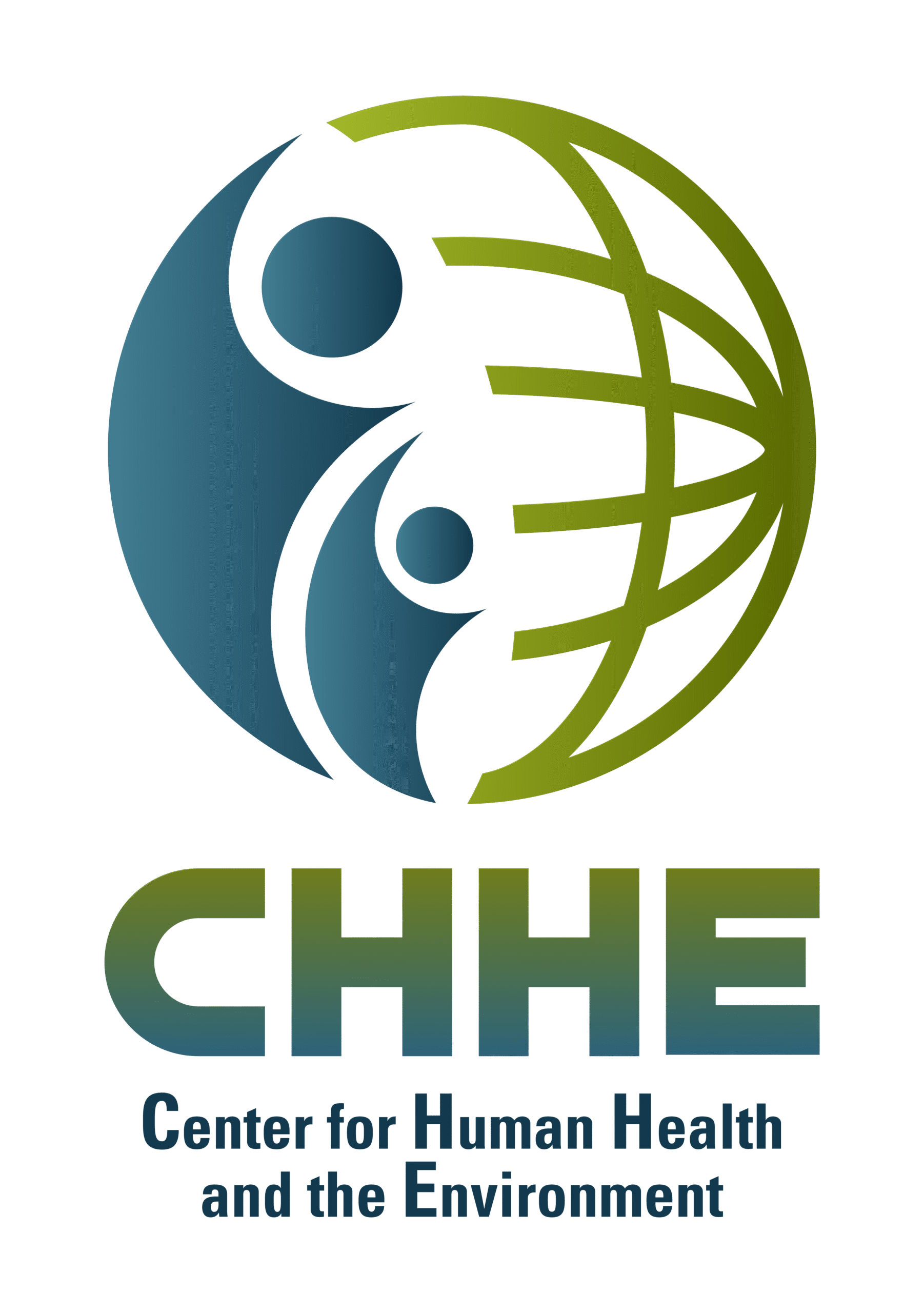
Centers
NC State is home to a unique combination of NIH-supported Centers focused on toxicology and EHS.
Center for Human Health and the Environment
CHHE is funded by the NIEHS’s P30 Environmental Health Sciences Core Center program, and is one of 26 Core Centers across the United States. CHHE’s mission is to understand how human health, at both the individual and population level, is impacted by environmental factors and to implement this knowledge to reduce the adverse impacts of environmental factors on human health. The Center brings together 70 investigators from 15 Departments and six Colleges at NC State as well as seven investigators from East Carolina Brody School of Medicine, seven investigators from North Carolina Central University, and one from the NC Department of Health and Human Services.

NC Center for Coastal Algae, People, and Environment
NC C-CAPE combines multidisciplinary expertise in ocean and climate science, toxicology, epidemiology, computational modeling, and community engagement to understand, predict, and reduce risks to human health from cyanobacterial Harmful Algal Blooms (HABs) in coastal waters. NC C-CAPE researchers are investigating the health effects of various microcystin (MC) mixtures, defining the impacts of environmental drivers on HAB dynamics, assessing variations in MC toxin congeners, and determining toxin contamination in seafood such as oysters and blue crabs. NC C-CAPE’s mission is to advance the understanding of HAB dynamics and MC contamination in seafood, elucidate trophic transfer of toxins in marine organisms, define how MC mixtures influence mechanisms of liver toxicity, and assess risk of adverse health outcomes to improve ocean and human health.

Southern Liver Health Study
NC State is the primary home for a multi-university initiative to investigate environmental contributors to liver disease. The Southern Liver Health Study (STRIVE) is an epidemiological, longitudinal cohort study comprising 16,000 males and females aged 40 years and older in two Southeastern states, North Carolina and Georgia. The STRIVE team is investigating the hypothesis that cadmium alone or in a mixture with other toxic metals and PFAS increases the risk of progression from metabolic dysfunction-association steatotic liver disease (MASLD) to liver fibrosis and hepatocellular carcinoma (HCC). The cohort has been recruited from community clinics including Federally Qualified Health Centers and University Health Systems’ Primary Care Centers and Hepatology programs at Duke University, UNC Chapel Hill and Emory University with an intentional focus on environmental exposures, HCC incidence and epigenetic marks responsive to contaminants that predict progression to HCC.